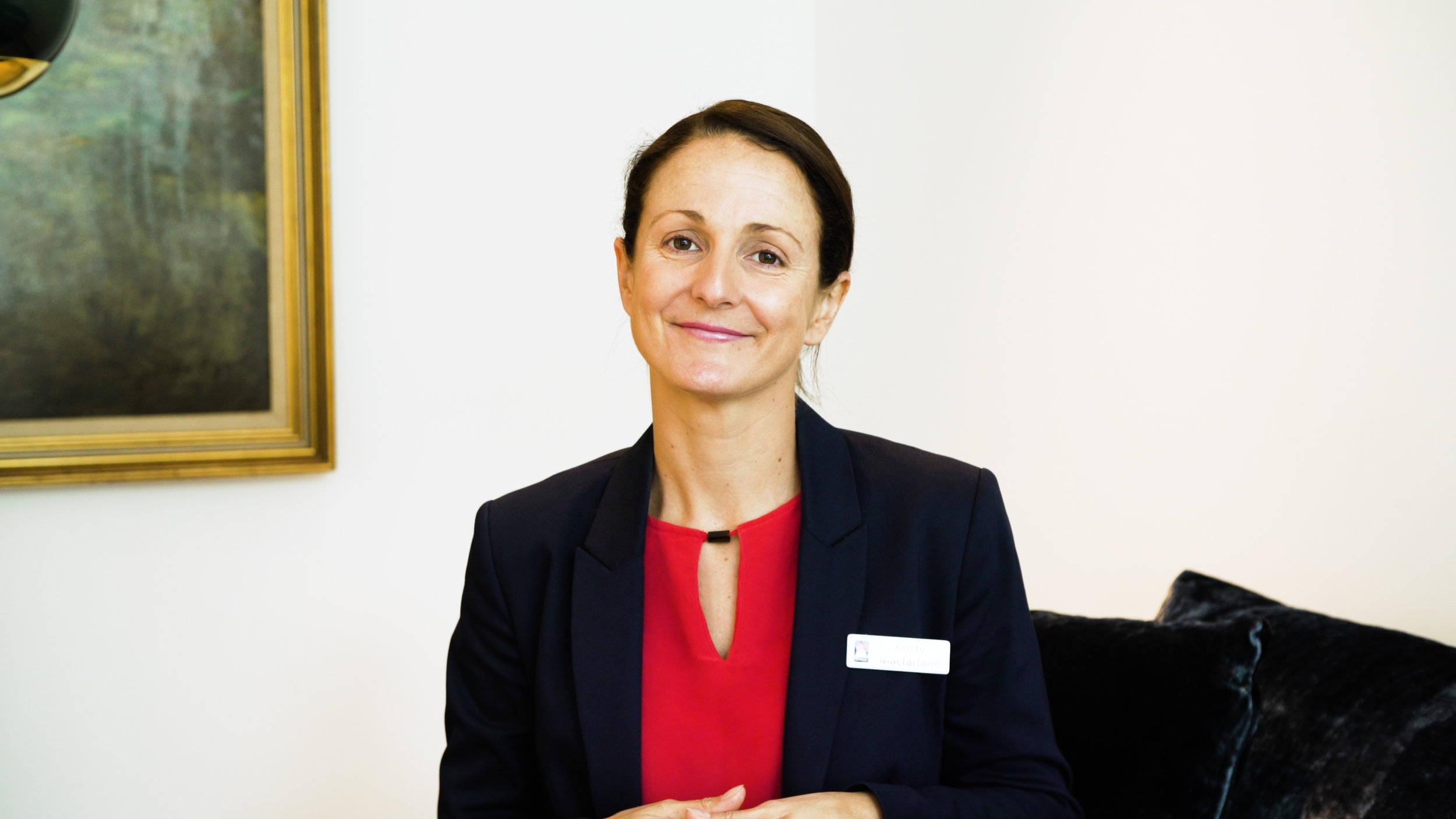We hear a lot about data-driven change efforts in organisations, and D&I is a good example of an area that benefits from thoughtful analysis and measurement.

Photo: Getty Images
For many of us driving change in organisations, a focus on diversity and inclusion might seem like the right, fair way of going about business.
But articulating the specific impacts of diversity and inclusion on innovation, engagement and productivity not only helps build wider support, but can help when momentum stalls. In our experience, the more specific benefits identified, the better.
Take for example the experiences of two leading organisations in Australia, BHP and NAB.
Global resources company BHP didn’t just rely on external studies of the business case when they embarked on substantive cultural change to progress D & I a few years ago. The company looked at internal data to understand the benefits and communicated that widely. Their global diversity and inclusion council discovered a clear link between diverse teams and business performance, explains Fiona Vines, BHP’s Global Head of Diversity and Inclusion.
“What they were able to uncover was that those teams that had better gender diversity and were more inclusive, as measured by our annual staff satisfaction survey, had higher levels of production and probably most importantly were safer. And that was very compelling, particularly to an organisation like BHP which is very much a scientific, engineering, analytical type of organisation.”
Similarly, Kristy Macfarlane, Head of Diversity and Inclusion at NAB, says diversity and inclusion is not only the right thing to do, “but it fundamentally drives business performance.” Citing Deloitte research, Macfarlane says, “Organisations that have inclusive cultures are six times more likely to anticipate and respond effectively to change and they’re twice as likely to exceed their financial targets.”

Fiona Vines, Head of Inclusion & Diversity at BHP
“If we think about that environment we’re playing in and the need to innovate for our customers, it’s critical that we have strong diversity of thought but, more importantly, an environment where all of our people can come to work and share diverse thinking and bring their whole self to work.”
‘Those teams that had better gender diversity and were more inclusive, as measured by our annual staff satisfaction survey, had higher levels of production and probably most importantly were safer.’
Fiona Vines, BHP Global Head of Diversity & Inclusion.
Sometimes data – qualitative and quantitative – can also illustrate the risk of of not taking action. In our diversity diagnostics with many organisations, we’ve identified specific risks of losing talented people, risks to safety, and risks to process innovation, which have subsequently led to a heightened commitment from executives.
As well as using data to promote the business case and identify potential risks, most leading organisations use data to set targets for D & I progress, particularly gender diversity. Research by consulting firm KPMG in 2016 found those companies which disclosed clear quantifiable gender objectives demonstrated a higher level of gender diversity than those which did not set quantitative targets.
When Andrew Mackenzie, BHP’s CEO, announced a goal in October 2016 to achieve gender balance in the company’s workforce by 2025, it was a seriously bold step. At the time, women represented 18 per cent of BHP’s workforce. Fiona Vines says that “to accelerate progress in this area we needed to disrupt the status quo because, like a lot of organisations, BHP had been talking about increasing the number of women and talking about gender balance and so on, but glacial progress was being made.”
Within a year of announcing the goal, BHP had made more progress towards gender diversity in one year than in the past 10 years. Within two years, BHP achieved a 4.8% increase in the number of women in the organisation globally.
Like BHP, NAB has set public targets for women in hiring and promotion shortlists as well as in leadership positions. In October 2017, NAB committed to gender equality at each and every level by 2020.

Kirsty Macfarlane, Head of Diversity & Inclusion at National Australia Bank
“What that means,” explains Kristy Macfarlane, ”is throughout our businesses, from entry level roles to our executives we are committed to every level having 40% – 60% of either gender represented by 2020 . . . We’re aiming for 50% female representation on succession plans for all of our senior management roles. We make sure we have 50/50 in shortlists for graduates and shortlists more broadly.”
These are all great examples of the ways in which leading organisations are using data to drive significant change, through identifying business benefits, business risks, and setting clear business objectives for their D&I efforts.
You can learn more about the D&I change efforts of BHP and NAB via our digital platform, Future Women Academy. Our thanks to Fiona Vines and Kristy Macfarlane for speaking with us.
